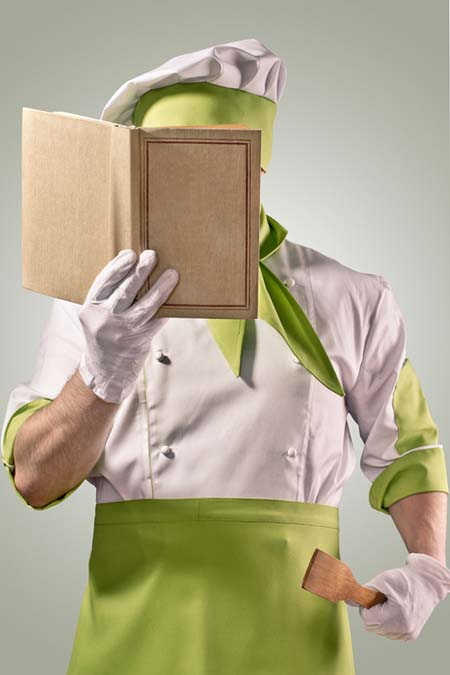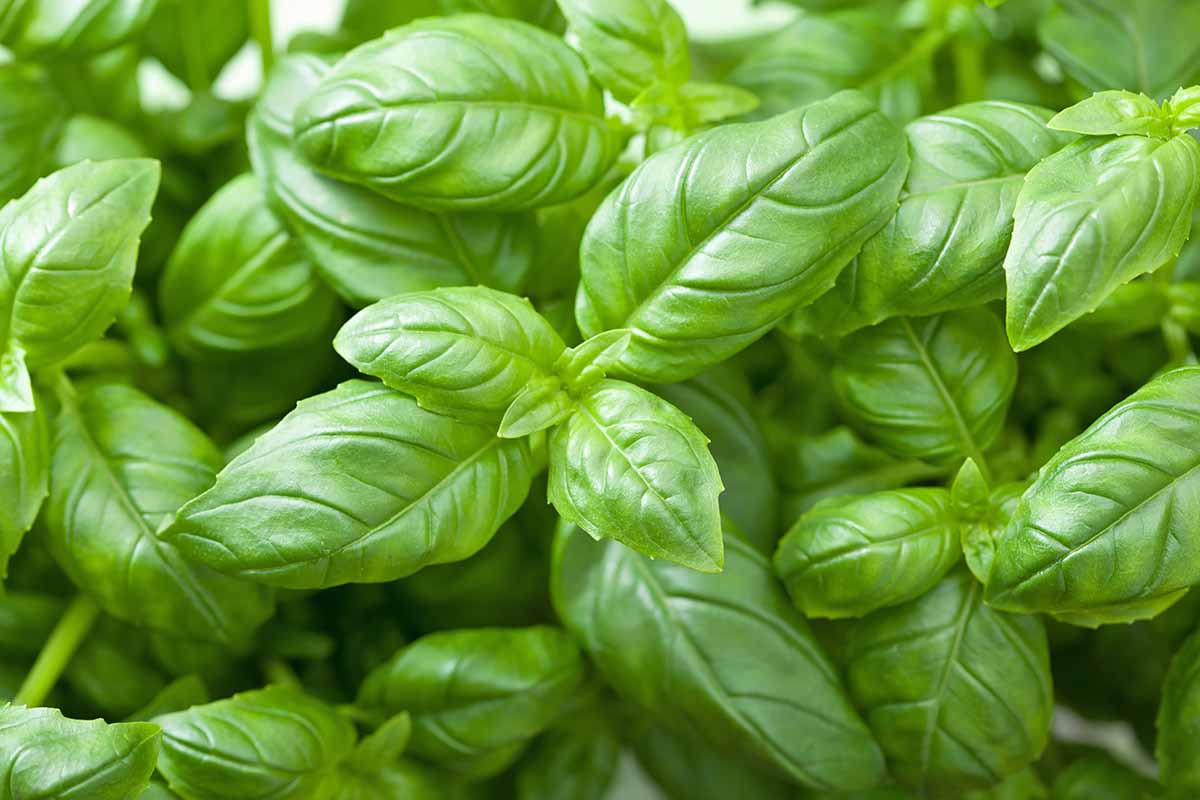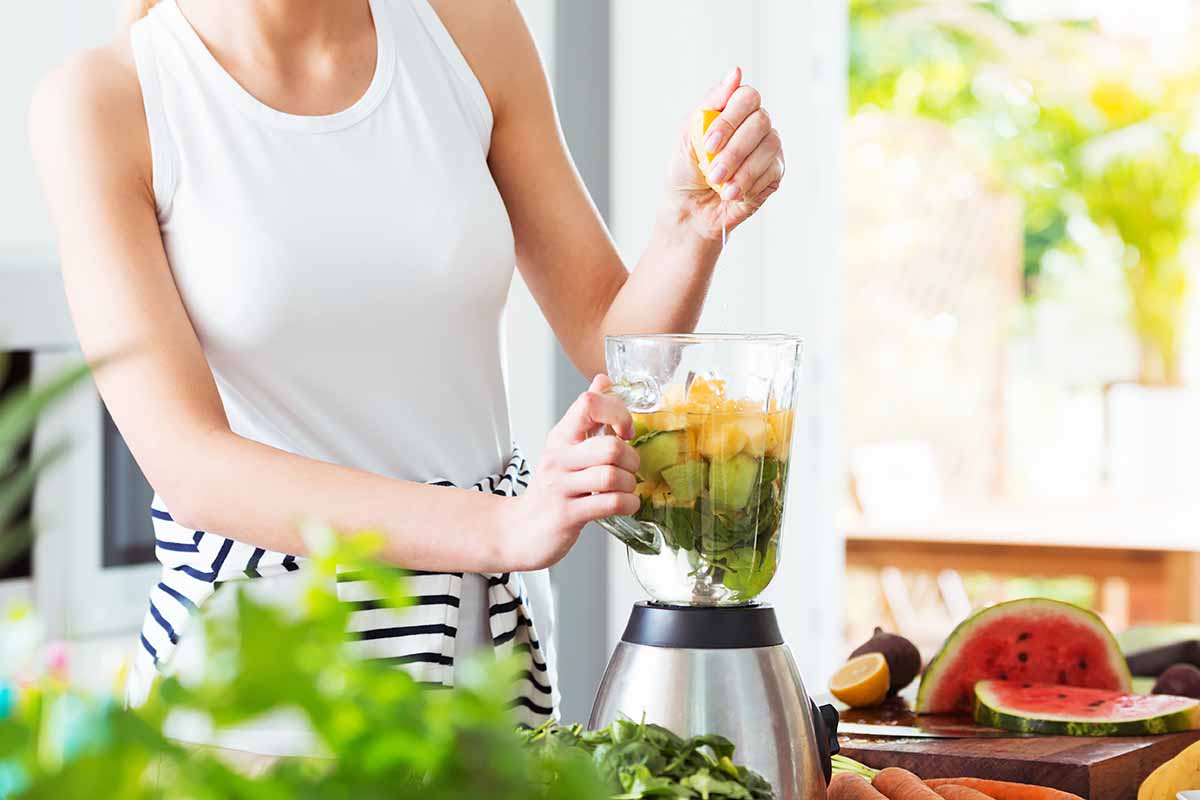No matter whether you cook frequently for fun or you’re an aspiring cook to be, you’ve probably realized that there are tons of terms that can get downright confusing in the kitchen.
Over the years spent researching recipes and cooking at home, I’ve learned a ton of terms that I previously wouldn’t have understood.

Here are some of the most interesting cooking and kitchen terms you need to know.
Basic Terms For Cooking
-
Broiling
Broiling involves cooking food from the top inside your oven replicating grilling, usually at around 500°F.
-
Searing
This method of cooking involves using extremely high heat usually in a pan to darken, toughen, or slightly burn the outside of a food to keep moisture inside. Read Foodal’s guide on searing now.
-
Baking
Baking is cooking food in your oven, usually between 200 and 500°F for an extended amount of time.
-
Grilling
Cooking with an open flame and high heat is known as grilling, usually done to prepare meats, vegetables, or seafood.
-
Braising
This is a combination cooking method usually involving frying on high heat, then cooking with liquid while covered on a lower heat setting. This is sometimes followed by deglazing the pan used for cooking, to make a sauce.
-
Frying vs. Deep Frying
Frying is using oil to cook food while keeping it from sticking to the pan, sometimes also referred to as shallow frying (and happening only in shallow frying pans of various makes and materials). Deep frying is completely submerging a food into oil and cooking at a high heat, usually used for making breaded and battered items in a deeper pan or pot.
“Wet” Cooking Terms
-
Poaching
Poaching is using slightly below boiling or simmering water to quickly cook food, without any other additives (except possibly the addition of a little vinegar). For certain recipes, an alternative poaching liquid is used to impart flavor to the ingredients. Chicken, eggs, and fish are all popular items to poach.
-
Stewing
Cooking involving multiple ingredients, spices, and liquids combined over a low heat and cooked typically for a period of several hours, to create a soup or stew.
-
Boiling
Used to cook or harden foods via immersion in hot water, this method is most popular for cooking vegetables, hard boiled eggs, and some types of seafood.
-
Slow Cooking
Using a lower temperature over a long period of time to cook food. This process can take from 4 hours to an entire day, depending on the meal. Pork loin, brisket, and pork chops are popular slow cooked dishes.
-
Steaming
Using heat coupled with water to produce steam and thoroughly cook seafood, rice, or vegetables. Steaming cooks food without damaging the texture, color, or nutrient density.
-
Reduction Cooking
This method of preparation is mostly used creating glazes and sauces. It involves taking a thin liquid and cooking it until some of the water evaporates, making it a thicker sauce-like product.
-
Blanching
Blanching is submerging a food into boiling water for a few seconds, removing it, and passing it under cold water or immersing it in an ice water bath to stop the cooking. This is used done loosen peels and soften (or “par-cook”) food before further preparation.
Kitchen Preparation Vocabulary
-
Dicing/Cubing
Using a dicer or precision cutting skills to cut a food item into tiny cubes of uniform size.
-
Butterflying
The process of taking a thick piece of meat and cutting through the center horizontally without going all the way through to make it thinner, and then folding it open like a book, achieving the shape of a butterfly.
-
Breading
The process of coating a food with breadcrumbs to be broiled, fried, or baked. This usually involves an initial dunk into seasoned flour, followed by an egg wash, and then the breading.
-
Chopping
The process of chopping involved taking large pieces of food and cutting them into smaller, bite-sized pieces.
-
Brining
The use of salt water and a variety of spices to infiltrate the cells of meat through soaking in this bath, with the goal of producing a more juicy, flavorful end result.
-
Marinating
The process of soaking a meat or food in a sauce or glaze for an extended period of time, to impart flavor and added moisture before cooking Marinades are usually acidic, with salt and added herbs and spices.
-
Grating
Taking a grater and shredding food, usually cheese, fruit, or vegetables, into very small pieces. Mostly used as a topping for dishes, or an additive in recipes in which cheese needs to be melted, or fine ingredients need to be combined uniformly to form patties or some other type of uniform dough-like mixture.
-
Straining
Using a strainer or colander to drain liquid from a food, usually pasta, rice, or vegetables.This can also be done to separate liquid from whole herbs or vegetables, seeds from jam or sauce, and so on.
A Note on Cooking Temperatures:
When cooking any type of meat, it is important to know the minimum temperature you need to cook the food to, in order for it to be safe for consumption. Here are the current USDA and FDA standard minimal internal temperatures for cooking:
- Beef, Pork, & Lamb – 145°F or 62.8°C
- Ground Meat – 160°F or 71.1°C
- Ham (uncooked) – 145°F or 60°C
- Ham (cooked) – 140°F or 60°C
Knowing all of this information will help to ensure a huge amount of success in your kitchen. Knowing the meaning of the techniques involved is half the battle when it comes to cooking from recipes and cookbooks. Brush up on your cooking lingo, and you’ll sound like a pro to your friends and family in no time!
Ready to get started? Check out our posts on kitchen essentials, and getting into the habit of regular home cooking.
Tell us about some of your favorite cooking terminology in the comments, or leave us a message with any unsolved mysteries – we’d love to help!
About Lynne Jaques
Lynne is a stay-at-home mother of two boys. As a former US military officer and the spouse of an active duty US military member, Lynne enjoys traveling the world (although not the moving part!) and finding new cuisine and methods of preparing food. She also has the habit of using parenthesis way too much!




To be honest I could never understand the difference between broil and bake and whenever I asked anyone, no one could come up with a good answer. At least I know now!
Often we hear these terms while cooking and hope we are doing it correctly.
What a great, comprehensive list. Thanks! It’ll go well tucked inside a cookbook.
Great list! I am going to bookmark it to keep it handy. Sometimes all of the terms tend to run together when I’m reading a recipe. This way I can come here and double check.
This is a nice concise list. I like that each term is conveniently categorized. Thanks again for your hard work.
Hehe! haha! silly me, i always thought that broiling and boiling was one and the same thing, education/ knowledge is everything…it sure does know how to knock one intelligently on the brain….am fully awake and attentive, hmmm…blanching a very foreign term to me but glad to know its meaning and significance in the kitchen area.
You are not alone. I used to think broiling and boiling were the same too lol.
Am glad to know that, although the more i read on about cooking terms and tips and guides in regard to this blog, the more am getting compelled to wake up off my comfort zone of not wanting to learn more, who knows i just might be the one in the kitchen with my nieces and nephews and my own children and they’ll be looking up to me to wade through these waters of new knowledge for them 🙂
As someone who is learning to cook this article is very helpful. Its going to be so nice actually understanding my cook book instead of having to decipher things. Its so nice of you to provide these definitions. Not many other cooking blogs go out of their way to do this!
This article makes me so happy. My boyfriend is a chef, who is constantly using terms like this when he is making us dinner. I always pretend to totally know what he is talking about, but now I do! Maybe I can beat him to the punch next time and spice up my cooking lingo!
When reading through cookbooks it’s really confusing sometimes when they’re using all this lingo and whatnot that a lot of average, home chefs like myself really don’t understand. I always used to confuse broil with boil when speaking (for example I used to say I was going to broil water, lol!). One cool thing that I learned from this list is that using oil to keep something from sticking is the actual definition of frying something. I knew that it was food cooked in oil but I didn’t know that it was also food cooked in oil just for the sake of keeping it from sticking.
Very useful article, wish I had it around when I started looking for recipes online, a few years ago! I’m happy to know what poaching refers to — all I ever got was that there was not fat involved and the result looked a bit bland.
You might want to check the formatting of the “wet” cooking section; only the Poaching appears in bold letters.
I’ve often wondered what ‘broiling’ meant. I though it was a type of braising, or a mixture of boiling and roasting. The method you describe as broiling, we tend to term as grilling here in the UK, and the grilling you refer to is what we would call putting something on the ‘griddle’. This used to cause so much confusion in the days before the internet, when most people relied simply on books for their recipes.
Now that we live in a much smaller world, it’s great to be able to look up such terminology, and find a very useful article about it. Many thanks.
Thanks for this. There’s so many different ways to describe how to cut something that it is easy to get confused. I commonly say chopped when I actually mean sliced, and diced when I actually mean chopped. One day I will get the hang of it!
Being in the UK, I have never understood what “broiling” was until now so thank you! We just call it grilling, whilst any kind of outdoor cooking (be it with a gas grill or coals) is called barbecuing.
This is one of those moments when I wish you can put this into a small handbook and sell it, so I can buy it and silently say “thank you!!” whenever I look through it. The sad part with recipes (books or internet or otherwise) is that there are lingos that I don’t use on a daily basis, and if I don’t understand the lingo half the time I won’t bother with the recipe. Sad, right?
But anyway, I’m really glad I found this. Makes reading some recipes SO much easier! Thanks a billion 🙂
I bookmarked this page and will likely be referring back to it pretty often. The recipes online that i use tend to put directions in simple terms. When I use my mother in laws really old cookbooks there is,more than not, at least one term I’m a little unsure of. As you can probably imagine that has the potential to ruin a meal.
It’s always a good idea to go back & re-familiarize yourself with the basics of cooking. That means terminology, ways to cut things, meat temperatures, & much more. Seems like the more we expand our horizons in the kitchen the more that seems to fall out of our mind.
This is a great introduction for those new to cooking and the related terminology, or refresher, for those of us who’ve been doing it a while. I’d never actually looked up the definitions of any of these, since I learned cooking the old fashioned way, from watching others, so I wasn’t aware of the parameters of each method. It’s helpful to have an article like this handy as a quick reference guide for things we might not do as often, such as blanch.
Great! I have a few old cook books that don’t explain these terms, they just expect the reader to know. I printed this out and will put it on the fridge so me and the girl won’t mess up another dish!
This is such an extensive list! I still however am a little confused on the differences between grilling and broiling? I know for me I keep the door to my grill open when I use it and it seems broiling is when the door is closed? Is this the difference and if so what difference does it make if the heat is coming from the top?
A good beginner list. I’ll have to send this to my boyfriend – he’s still learning his way around the kitchen.
Pretty good guide for begginers, I should forward this to my friends who are my apprentinces! 😀 I’m never able to explain things properly to them without sounding off, this is really newbie-friendly.
Great beginners guide, and even a good explanation of the temperatures that are involved. I never knew the idea of poaching was to have the water below boiling 🙂
Now if someone could do a guide for all the crazy terms my grandmother used in the kitchen… I need a full guide on HER lingo..